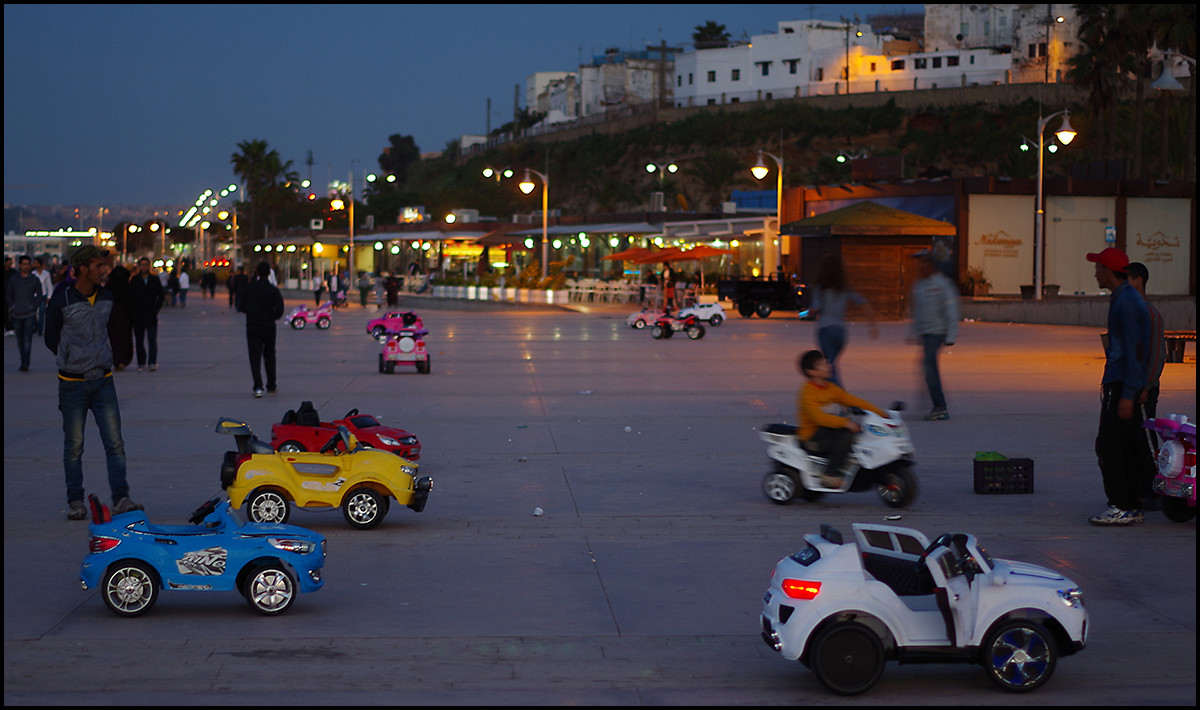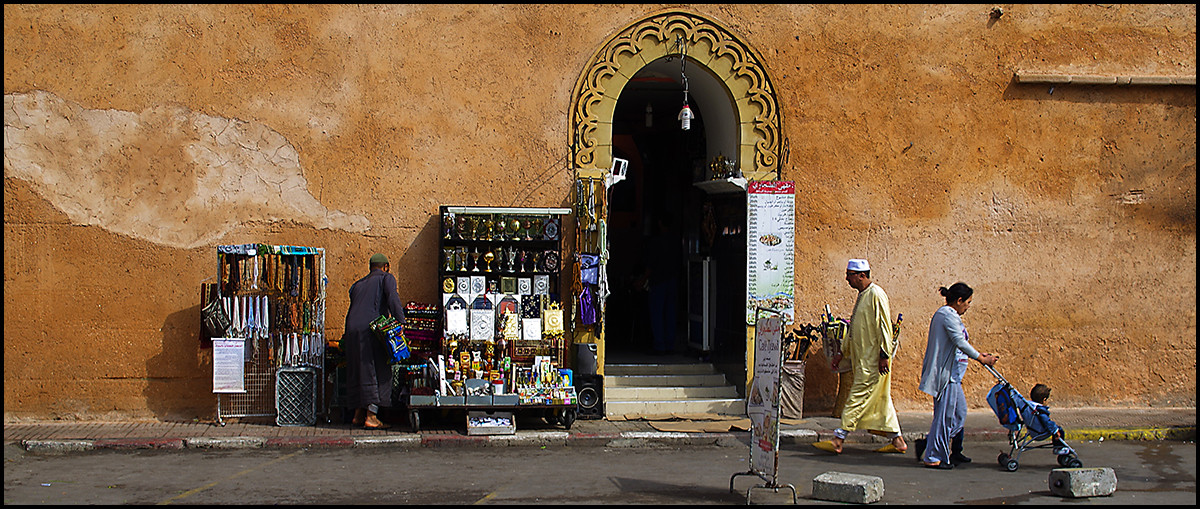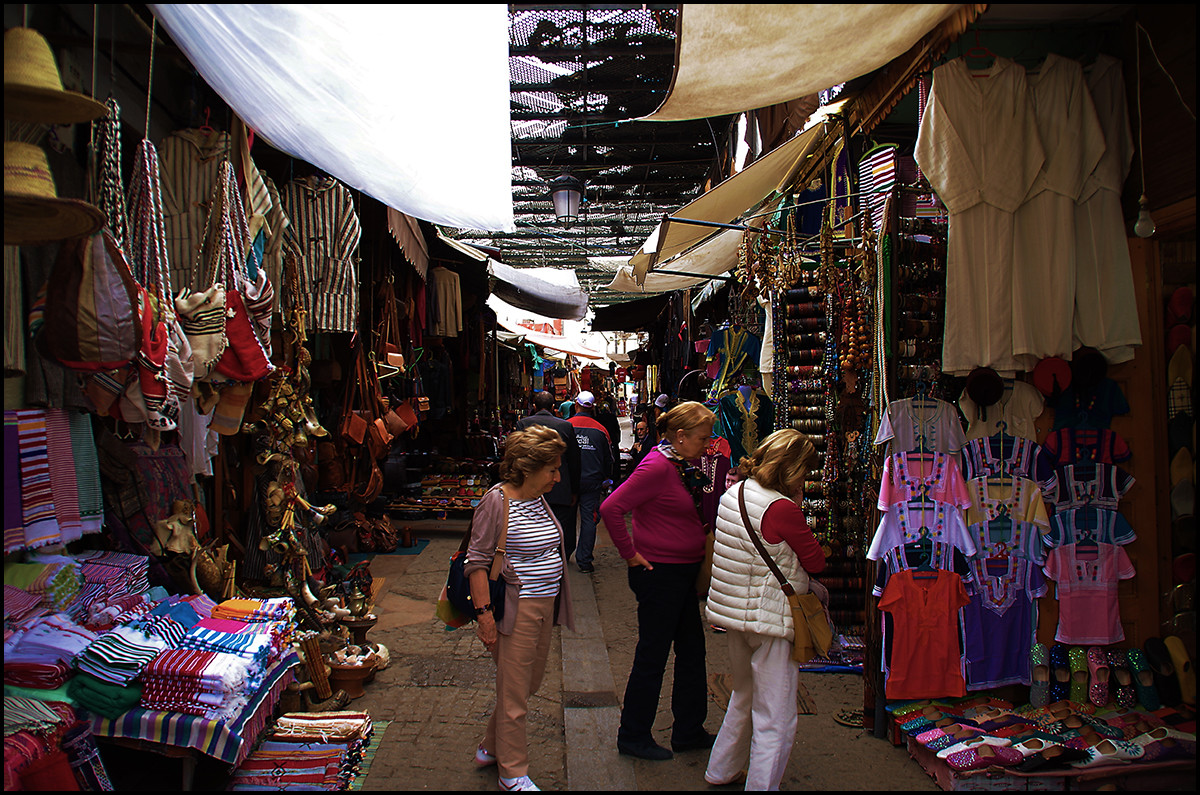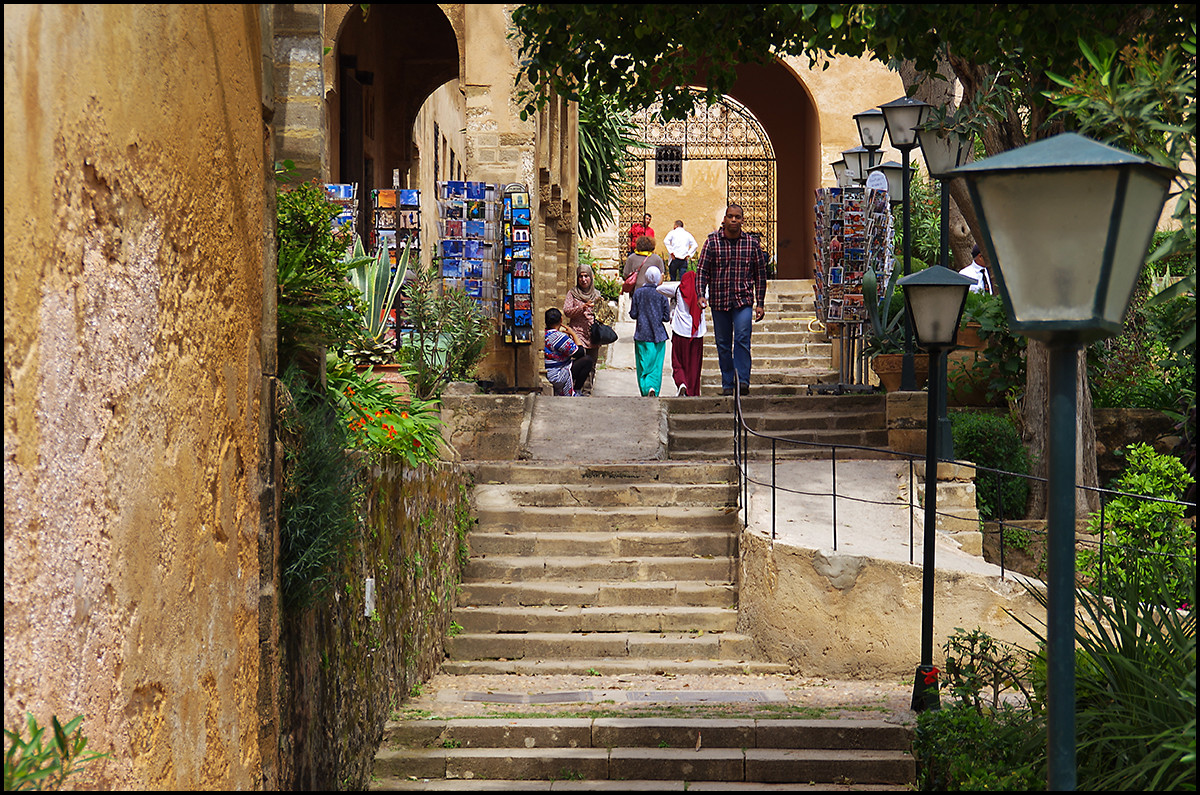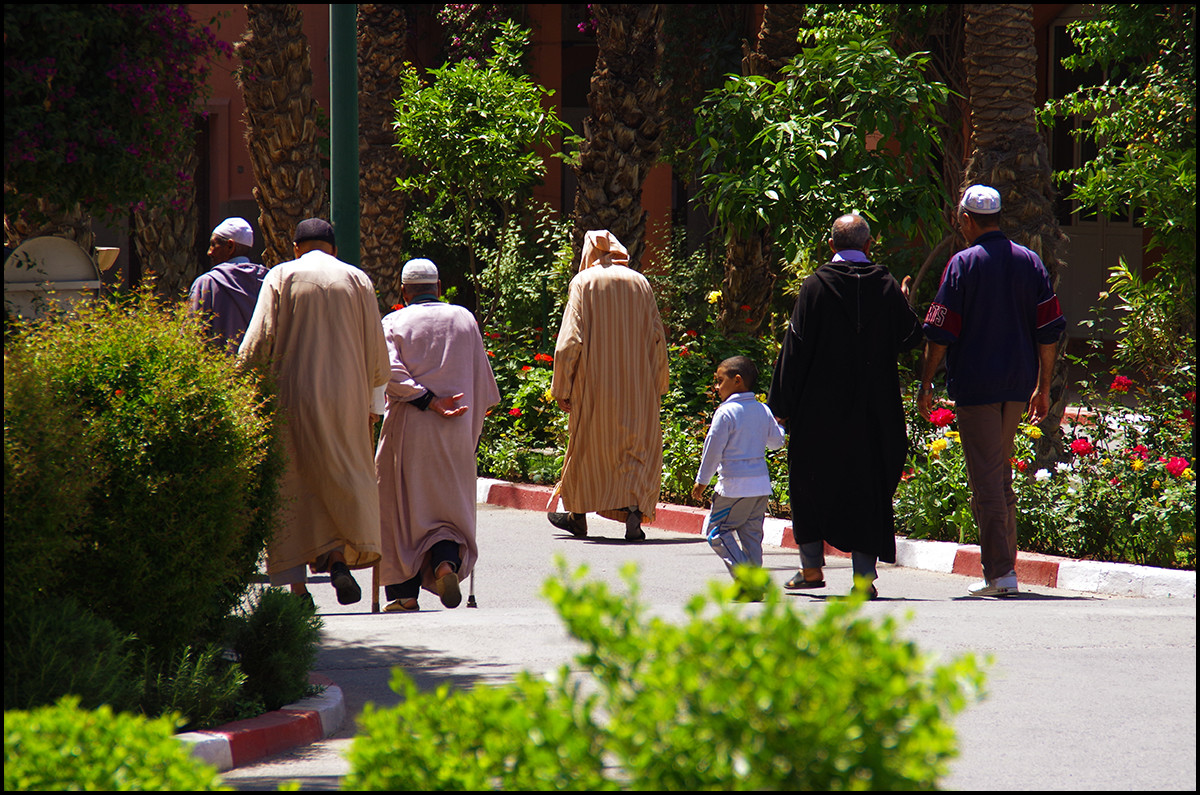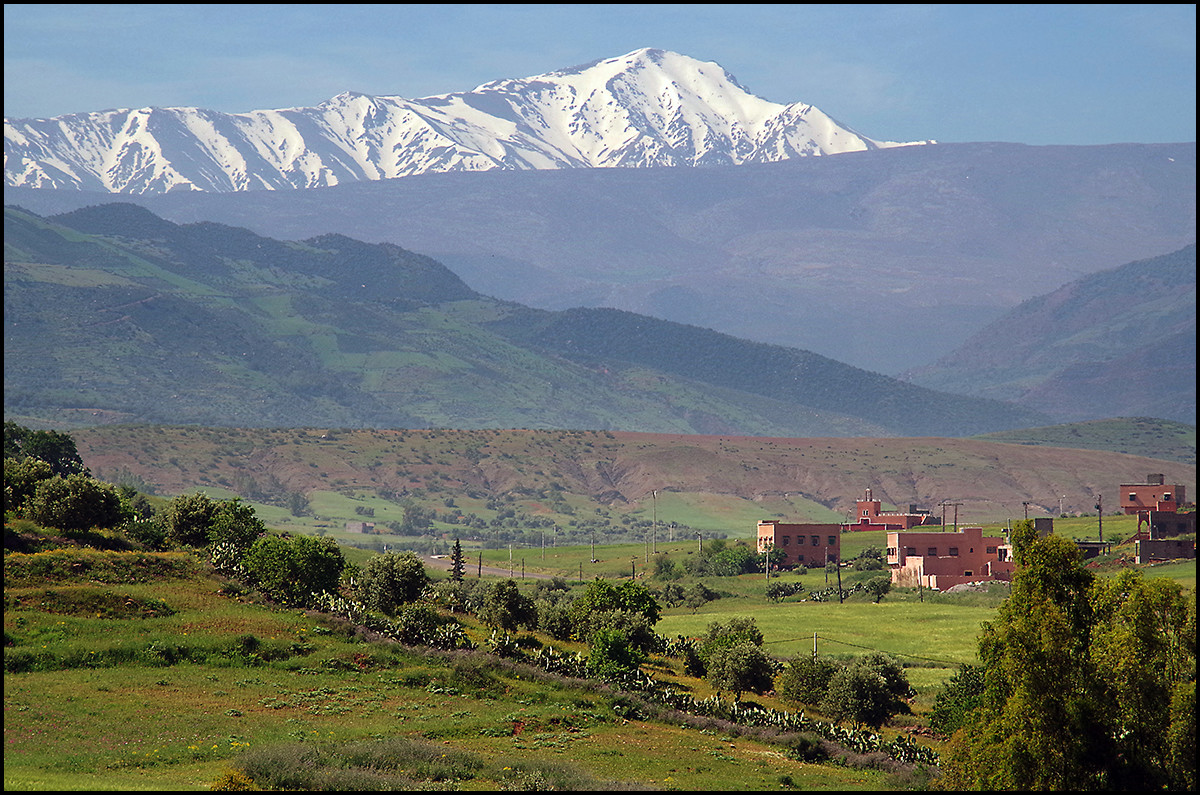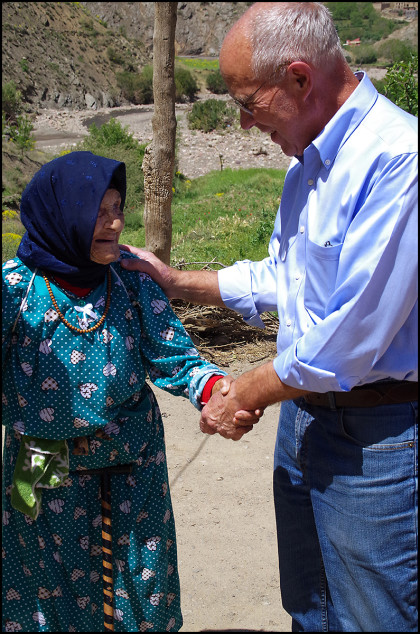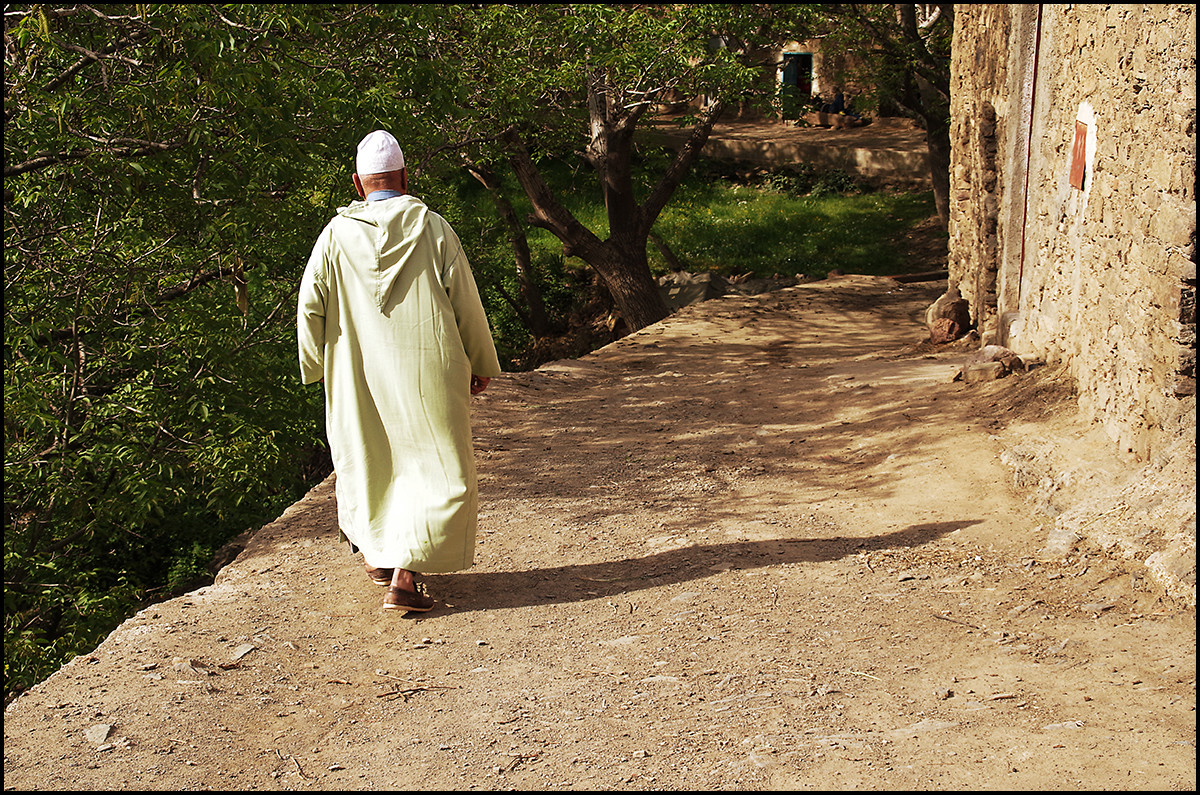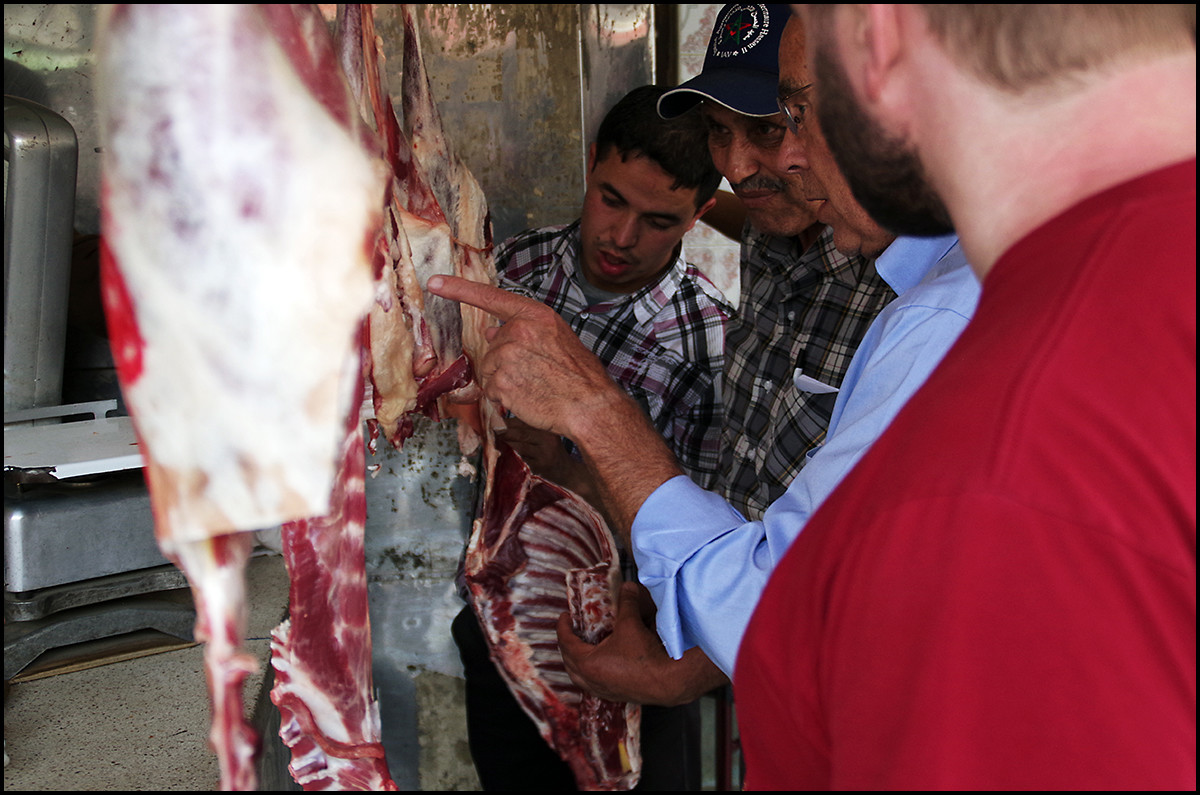a Week in Morocco
From the summer of my 14th year to the summer of my 16th year, my family and I lived in Morocco. It was an enchanting, life changing, and wonderful two years which I cherish deeply.
I’d never had the opportunity to return until May of 2015, when at the age of 45, I went with my dad and my younger brother. My dad is involved with various agricultural related projects in Morocco, and together with my mom, they’ve made it their second home.
I came on a seperate flight, and my brother and dad were delayed in arriving by a couple days, so I spent the first two days alone. I only had a week, and I was determined to make the most of every second of it. I took several hundred photos, and below are a few of my favorites.
Thanks for taking a look.
the Rabat Board Walk at Sunset
The city of Rabat, where we lived when I was here as a teenager, sits on the coast. It is the imperial city, meaning the king lives here, and it’s the seat of the government. The River Bou Regreg sits between Rabat and it’s twin city, Salé, which ancietly was a haven for pirates. On the Rabat side of the river, there is a boardwalk which I recall being beautiful. I was right! I arrived there on the evening of my first day just in time for sunset, as the fishermen were stoaing their gear and the locals were out strolling and socializing.

Morocco: Street Vendors on the Rabat Board Walk. They let me photograph them after I purchased some nuts.

Families, friends and lovers enjoying the sunset in Rabat on the boardwalk near the Bou Regreg river.
the Rabat Medina
On my second day, I took the tram (which didn’t exist when I was here as a teen) down to the Medina, the ancient, walled part of the city that is pack full of wonderull vendors and shops, and miles of tiny, winding streets with private homes.

A residential street inside the Rabat Medina. These streets wind around for miles, making a literal maze.
the Kasbah in Rabat
The Kasbah in Rabat sits near the Medina, at the mouth of the Bou Regreg river. Like the medina, it is also a walled enclosure, but it is almost entirely private residents with a few restaurants and a large, walled in garden. No shops. It was built around 1200 AD, and it’s mostly known for it’s white and blue walls. Villas in the Kasbah are not cheap.

Inside the Kasbah in Rabat, Morocco, and overlooking the main city. The man in the center is Rasheed, my self appointed (and over-priced) guide. However, I enjoyed having him show me around, and he taught me a lot.

A street musician inside the Kasbah in Rabat, Morocco. If anyone can tell me the name of the instrument he is playing, I’d be grateful.

The back side of the Kasbah, overlooking the ocean. Kids play soccer (football) on the sand when the tide is out. When the tide is in, their fields are under water.
Marrakesh
No photograph, or series of Photographs, can hope to do justice to the city of Marrakesh. It is unforgiving in it’s overcrowded hustle, ancient in it’s spirit, and seductive in it’s allure. My dad and Salah (our driver, translator and guide) both agreed: They don’t like Marrakesh. And while I can understand, it’s still hard to not be moved by it.
I tried, but utterly failed, to capture even one single photo that shares the true feeling of Marrakesh. Plus, we only passed through, spending a day in the city before heading up into the Atlas Mountains. We spent most of the day shopping in the Medina. In photos, the Marrakesh Medina looks a lot like the Rabat Medina, but in reality, it feels immensely more alive and it makes the Rabat Medina feel downright sleepy.

My dad being hustled by a vendor in the Marrakesh Medina. This kid was impressive, and we ended up spending a fair amount of money in his shop.

A spice vendor in the Marrakesh Medina. My dad and brother looking on. I don’t think we ended up buying anything from him.

My dad laughing at what we’ve just been told by a vendor in the Marrakesh Medina. The gourds over his head, we were told, are a male stimulant that will make you as big as they are.
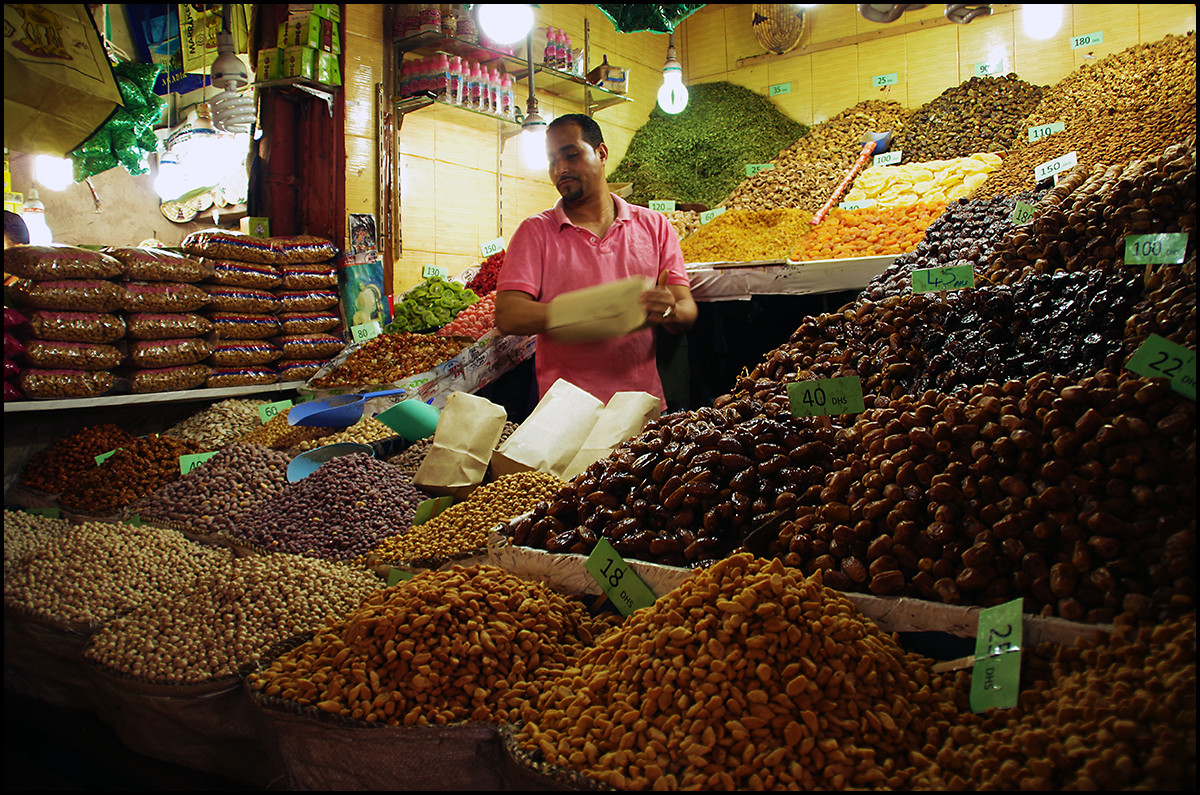
A fruit and nut vendor in the Marakesh Medina. I bought some candy covered nuts and brought them home to my wife and kids, who devoured them. They told me I should have purchased more.

My dad shopping for Moroccan rugs in the Marrakesh Medina. He has a bit of a rug fetish. (To take this photo, I had my camera on the ground and I was laying on my belly to see through the viewfinder. That guy to the far left was watching me, probably thinking I was a strange, nut-job American.)

My dad on the phone in the villa where we spent two nights. The villa belongs to the director of the university where my dad works when he’s there.
Tizi n’Tichka Pass, Atlas Mountains
One of the side-trips to which my brother Dan and I were most looking forward was going up into the Atlas mountains, further inland from the plains of Marrakesh. Just over the mountains is the very western edge of the Sarah Desert, and nestled into the mountains are these little villages which time has totally forgotten. They are like something out of a storybook.
The Tizi n’Tichka Pass is the highest major mountain pass in North Africa, and is nick named, “The Gateway to the Sarah”. The road was originally built by the French in the 1960’s when Morocco was still a French colony.

For breakfast before heading into the Atlas Mountains, we all dined on omelets, fresh baked bread, and fresh squeezed orange juice at a roadside café just at the foot of the mountains
The Berbers are the indigenous people of these mountains, and were around long before the Arabs arrived. Their language (Berber) persists today and is widely spoken in these mountains. Our guide, Salah, is Berber, and he speaks Berber, Arabic, French, and a little English.

We stopped and hiked down into this village (above) and on our way back out, we met this woman. She latched onto my dad and talk to him non-stop for almost 20 minutes. Even our guide, Salah (far left), had a hard time knowing what she was saying. But he understood enough to know that she wanted us to giver her some medicine for the cataracts in her eyes.

My dad, brother Dan, and our guide Salah overlooking a valley in the Atlas Mountains of Morocco. Notice the stream of water way behind them?

This is the valley into which they are looking. An oasis valley just below the Tizi n’Tichka Pass in the Atlas Mountains of Morocco. This entire valley is green from the stream in the photo above.

A view of the village of Imouzer Tichka from the road with my strongest zoom lens, in the Atlas Mountains of Morocco. Note the soccer (or football) field. We’ll mention this again soon.

From left to right:
Abouidir, an elder in the village of Imouzer Tichka;
My dad;
Salah, our guide and Berber translator;
Hussein, the son of Abouidir;
My brother Dan.
When we got out of the car, Abouidir exited the shop (at the right, which he owns) and greeted my father like they were old friends. Apparently, they are.
the Village of Imouzer Tichka
My father had pre-arranged with Abouidir, the elderly man in the photo above, for us to visit his village. His son, Hussein, took us to the village and invited us into his home.

Hussein, his wife Khadija (in blue and red), daughters Aziza (older), Zineb (middle), and Niaama (youngest, being held by Khadija’s sister, who’s name I don’t know.) The fact that they are letting me, and in fact asked me, to take their photo is incredible. Most of the people in this village refused to let me photograph them, and would become angry if I tried. Hussein, however, is a business man who frequently travels around the mountains and even into Marrakesh to sell the products made in his village. Travel, as it always does, makes people less superstitious and afraid of the world.

Bread and tea (Moroccan staples) in Hussein’s house in the village of Imouzer Tichka in the Atlas Mountains of Morocco.

Village of Imouzer Tichka in the Atlas Mountains of Morocco. The view from Hussein’s front door. Compared to most of the Berber villages in these mountains, this one is one of the more comfortable and wealthy.

Two Berber boys in the village of Imouzer Tichka in the Atlas Mountains of Morocco. They didn’t like me taking their picture, and bolted as soon as I did.

Driving down the dirt road into Imouzer Tichka, this is as far as cars can go. Beyond this point, it’s by foot or donkey only. The culvert in the foreground is part of the valley’s intricate irrigation system.

Hussein, a Berber villager, taking us on a tour of his village of Imouzer Tichka in the Atlas Mountains of Morocco

Berber children in the village of Imouzer Tichka in the Atlas Mountains of Morocco. Almost all of the villagers were incredibly camera shy and did not want their photos taken. Kids included.

A Berber boy in the village of Imouzer Tichka in the Atlas Mountains of Morocco. He was one of the few kids who didn’t mind me taking his photo, and he sat there and smiled at me as I took about a dozen pics of him from different angles.

Two Berbers boy in the village of Imouzer Tichka in the Atlas Mountains of Morocco. In many places, including Morocco, men and boys who are friends think nothing of holding hands or, like these two, walking with arms around each other.

My dad walking on the soccer (football field) in the village of Imouzer Tichka in the Atlas Mountains of Morocco. There is a story behind this field. The children of the village had been begging their parents for a football field for years. They kept telling the kids that they didn’t have the time to build one. The kids were persistent, as kids can be, so finally the adults told them, “If you want a football field, you will need to build it yourself.” So, that’s exactly what they did. All the adults did was measure out the distances, and then mark off the field into sections, one per child in the village old enough to work. Then, the kids did all the manual labor, by hand, of hauling dirt and making it level. This field, we were told, is the envy of every village in the area.

Part of the intricate irrigation system in the village of Imouzer Tichka in the Atlas Mountains of Morocco.

A shepherd boy tending his sheep and goats near the village of Imouzer Tichka in the Atlas Mountains of Morocco.
Dinner in Oued Tichka
After our visit to the little village of Imouzer Tichka, we headed back down out of the mountains. We were hungry, so we stopped in the first little town we found and had dinner. I found the town on Google Maps, and I think it’s Oued Tichka.
In some ways, Morocco has changed since I was last there 29 years ago. And in other ways, it hasn’t changed at all. It was a beautiful and memorable trip with my dad and brother, and my biggest takeaway is that I hope it won’t be another 29 years before I am able to return again.



